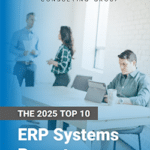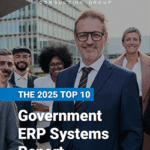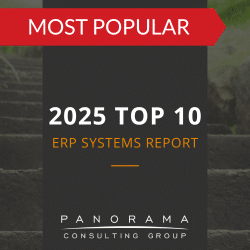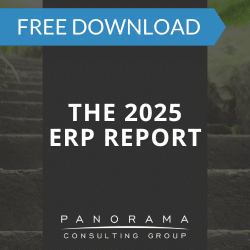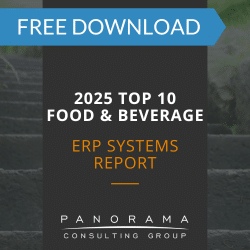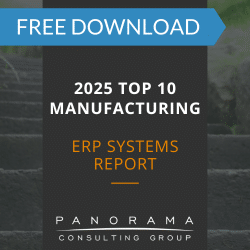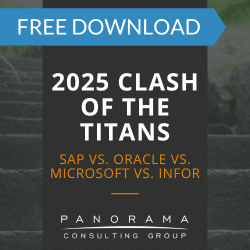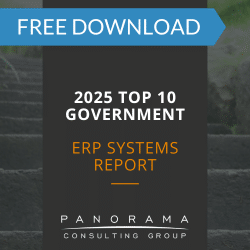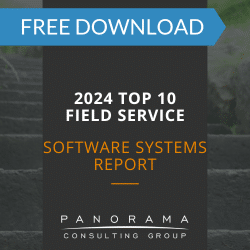You can’t outpace your competitors and build your bottom line if you follow the status quo. You must be willing to look beyond your existing processes and consider how you can make improvements.
When everyone across your organization is consistently looking for new ways to innovate, you have what is known as a continuous improvement culture. This is a culture where there is an organizational-wide commitment to innovation and optimization.
Today, we’re sharing expert tips for fostering this mindset within your organization, so you can remain at the forefront of industry advancements.
Expert Tips for Building a Continuous Improvement Culture
1. Embed Continuous Improvement in Your Business Strategy
Business-driven continuous improvement is about setting improvement goals that align with strategic objectives.
For instance, if one of your long-term objectives is to improve the customer experience, then your continuous improvement goals could include reducing response times and improving product quality.
When it comes to strategic alignment, the leadership team plays a pivotal role. Leaders should actively participate in improvement projects, while ensuring improvements are aligned with business goals.
ERP Training Plan Success Story
We helped this manufacturer implement an ERP training strategy to increase user adoption of its new ERP system.
2. Encourage Collaborative Problem-Solving
Many improvement opportunities can be found at the intersection of departments. By promoting an organizational culture where cross-functional teams collaborate to solve problems, you can break down silos and incorporate diverse perspectives.
Some companies encourage employee engagement by holding regular meetings and workshops where teams exchange ideas and solve pain points.
In these meetings, frontline employees might share insights with the operations team based on their unique perspective of being in direct contact with customers. In turn, the operations team might share insights with frontline employees, helping them understand broader operational challenges.
3. Foster a Safe Environment for Feedback
Creating open communication channels encourages employees to share their ideas without fear of seeming presumptuous.
A manufacturing team, for instance, could conduct regular walkthroughs where managers and team members observe production processes on the shop floor. This encourages team members to have an open dialogue with their managers regarding workflow, machinery, and process inefficiencies.
(Learn about the best manufacturing ERP systems.)
You can also encourage idea sharing by recognizing improvement efforts and celebrating successes. This can take various forms, from formal awards to simple acknowledgments in team meetings.
Ultimately, you want to create a culture where feedback leads to immediate, incremental improvements and recognition. This reinforces to employees that their thoughts matter in driving the continuous improvement process.
4. Use Continuous Improvement to Optimize Your Software Implementation
The implementation of new enterprise software, such as one of the top ERP systems, is often viewed as a milestone. However, the true value of such investments is realized through ongoing optimization.
Regularly reviewing the software’s performance and soliciting user feedback ensures that the software continues to meet business needs.
For example, after implementing a supply chain management system, a company might initiate a quarterly feedback loop where supply chain operators, logistics managers, and procurement specialists can offer suggestions. This ensures the system adapts to the dynamic needs of the supply chain in real time.
5. Provide Continuous Learning and Development Opportunities
Learning and development programs should not only focus on enhancing current skills but also on building competencies that support innovation.
In particular, you should equip employees with the ability to recognize opportunities for improvement. This could involve training sessions on lean management principles or workshops on creative problem-solving techniques.
6. Measure Results
Setting and monitoring key performance indicators (KPIs) is critical in evaluating the effectiveness of improvement initiatives. Regular analysis of KPIs ensures that improvements contribute to overall business objectives.
Whenever you see positive progress, you should share these successes to motivate others to contribute ideas.
Imagine a retail company monitoring the effectiveness of inventory management software by tracking metrics such as stock levels and order accuracy. Sharing these results could highlight how the software helps minimize overstocking and stockouts while improving customer satisfaction.
A Multifaceted Approach
Building a continuous improvement culture requires a multifaceted approach that involves empowering employees, fostering collaboration, and measuring results. By focusing on these key areas, you can create an environment that not only adapts to change but seeks opportunities for innovation.
Our team of change management consultants can help you build a culture of continuous improvement while managing the ripple effects of each improvement. We’ll help you set up your workforce for successful adoption of new processes and technology. Request a free consultation below to learn more.
